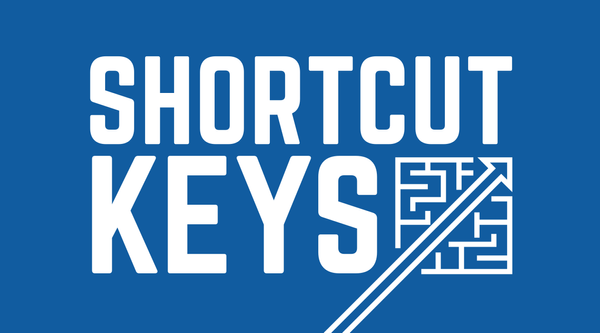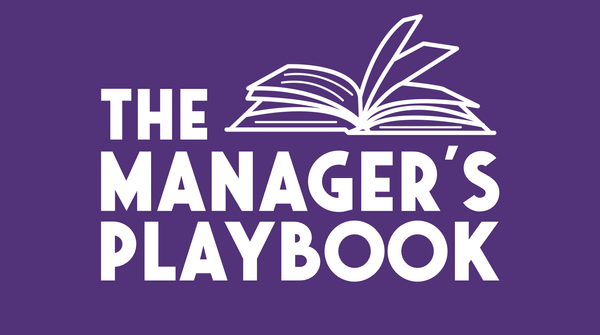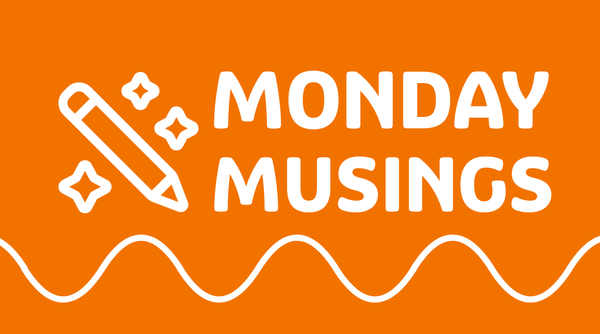The Art of Communication Design: Define Your Goals
In this 2nd post of the series, we reflect on the goals and outcomes of your comms.

In this 2nd post of the Art of Communication Design series, we reflect on the goals and outcomes of your comms. Check out the entire series:
- Part 1: Intro
- Part 2: Define Your Goals
- Part 3: Identify Your Audience
- Part 4: Design Your Comms Plan
- Part 5: Design Each Message
Last month I gave this talk at DevRelCon London. This blog post series is a slightly adapted version of my speaker notes, so that it’s split out across multiple posts and hopefully reads better as articles. If you prefer watching videos, check out the talk on the DevRelCon YouTube channel.
Before doing anything else, your first step is to ask yourself: what is the main goal of your comms? What is the purpose of your comms?
Understanding what your goal is, will help frame all the next steps and will allow you to make sure that each part of the comms all contribute to that main goal.
This may seem like a given, but if you don’t take time to define this, that’s often when your comms can become messy, unfocused or unclear. Or what I’ve also seen is mixing up too many messages that aren’t really about the same thing.
Writing the goal down will also help team members all get on the same page and ensure that everyone has a shared understanding of what is being planned. I’ve had a few times before where we all thought we were doing something for the same reason, only to discover that wasn’t the case. Start with writing out a goal to ensure you’re all moving in the same direction for the same reasons.

So first exercise: write down in a one-liner your main goal of what you want to do. Why are you planning on communicating something in the first place?
Also think about whether there are secondary objectives. This will also help clarify whether it’s something that actually belongs and fits in with the main comms or whether it is something different.
Examples:
“To inform community members that we’ll be sunsetting a service.”
“To announce a new process for performance reviews.”
“To convince people to come to our hackathon.”
“To let teams know that the company strategy has changed and that budget has been cut.”
So here are a couple of examples to show how you might phrase your goal. They’re all simple one liners about the goal of the comms.
The next step is asking: what are those comms trying to achieve? This may seem like the same question as the previous one, but what we want to do here is to determine what the effect of the comms will be.
One way I like looking at this is to start with this concept from Stephan McGarvey:

At the start of your comms, your audience will be in a certain current state and by the end of it you want them in a specific desired state.
What effect will your comms have had? This is about defining the desired outcomes. What is the angle of the message you’re trying to get across?

So the next exercise is defining the desired outcomes. What effect will your comms have had? What angle should your messaging focus on?
So again here are a couple of contrived examples:
Examples:
“For users to migrate to the new service.”
“For users not to get angry about the old service sunsetting.”
“For everyone to understand what the new performance review process is.”
“For community members to sign up for our hackathon.”
“For teams to understand what changes are being made within the company.”
The key here is defining what actual effect the comms will have had. In a way, it’s looking at what you’re going to measure to understand whether your comms were actually successful? What truly matters here for you? This will allow you to be more deliberate and focus on what matters the most.
Let’s take a closer look at that first example: the goal there was “To inform community members that we’ll be sunsetting a service”, while two possible outcomes could be “For users to migrate to the new service” or “For users not to get angry about the old service sunsetting”. You may want to prioritise both of these outcomes, but maybe one of them is more important to you. This will effect how you design all the next steps and how you shape your final messaging.
This is also where you can align your outcomes with your team goals or objectives or OKRs, especially if you have something that needs to be measured. Like the example above, you can also have several outcomes for your comms outcomes. But: be careful with trying to do too much with one thing. Sometimes different outcomes will complement each other nicely, but it can happen that they are conflicting messages that may end up being only more confusing.
You might also be tempted to immediately go into detail here, and define specifics of specific pieces of communication, but right now in this exercise, we want to remain high level. There will be more exercises coming up where we dive into the details.
And that’s the first step: define your goals and outcomes. Just doing this will already help you start thinking more intentionally of what you’re trying to achieve with your comms.
Continue on for the next step: Identify Your Audience. In this post we’ll be looking at understanding who your target audiences are.
This blog post is part of The Art of Communication Design series:
- Part 1: Intro
- Part 2: Define Your Goals
- Part 3: Identify Your Audience
- Part 4: Design Your Comms Plan
- Part 5: Design Each Message
Liked this post? Sign up to my newsletter below to get future blog posts direct in your inbox.
Want to work with me? Get in touch if you want to find out more about engineering management, speaker coaching, outreach and content writing!



